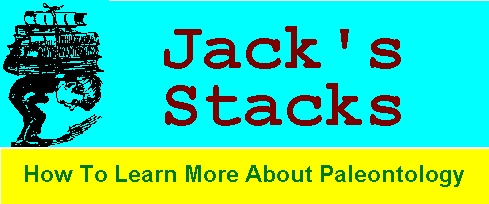
The Horned Dinosaurs is a compilation of what is and is not known about the ceratopsians. Included are well known favorites like Triceratops, Styracosaurus, and Protoceratops. You'll also find less familiar genera like Avaceratops, Pachyrhinosaurus, and Bagaceratops to name just a few. The book is aimed at the general reader but see my caveat later.
In discussing each genera, Dodson gives historical accounts relating initial discovery, initial description, recent discoveries, and modern interpretations. If you have read any of the biographical books on famous dinosaur collectors and paleontologists, the names and stories will contain a familiar cast of characters: E. D. Cope, O. C. Marsh, H. F. Osborn, Roy Chapman Andrews, and the Sternbergs. Of course in this instance, Dodson is not recounting the lives of these people but their discoveries and interpretations of various ceratopsians.
The final four chapters are devoted to modern interpretations. This includes ceratopsian evolution and relationships. In these chapters Dodson reveals various interpretations and explains why he favors a particular one. A number of instances occur wherein none of the proposed theories is quite right; in these cases Dodson explains the problem and leaves the topic open to further study. One of the nagging difficulties involves assembling and mounting of skeletons; it seems that the front leg bones don't go together the way some modern paleontologists would like, that is, with the legs vertical under the body (like an elephant). The back legs work fine in this regard but the front legs seem to articulate best in a sprawling position. Other interesting debates surround the size and anchorage of jaw muscles and how that relates to the animal's diet.
Dodson confronts the extinction question in the final chapter. As we have seen in other books, the author does not agree with the impact theory as cause for the extinction of the dinosaurs. Dodson explains that he sees a gradual decline in dinosaur diversity beginning well before the end of the Cretaceous. There is also the nagging problem of the survivors: turtles, crocodiles, birds, etc.
The Horned Dinosaurs is well illustrated throughout with black and white line drawings of skeletal elements (mostly skulls) from the original descriptions. There is also a small section of color plates of artists' conceptions of fleshed-out ceratopsians in action.
I found The Horned Dinosaurs to be an excellent book from which I was able to learn much about the great diversity of this group of dinosaurs. I mentioned earlier that the book is aimed at the general reader. This is where the caveat comes in. The book contains many technical terms describing skull or other skeletal elements. Dodson mentions this in the preface as a necessary evil of the science. He provides a skull drawing with the various bones named early in the book which the reader can use for reference. Even at that, there are other technical terms or names of other bones which pop up throughout the book. I suggest that the addition of a glossary would have been a welcome addition. I don't consider this a major problem but you should be aware of it. I do feel The Horned Dinosaurs is a worthwhile addition to your dinosaur book library.